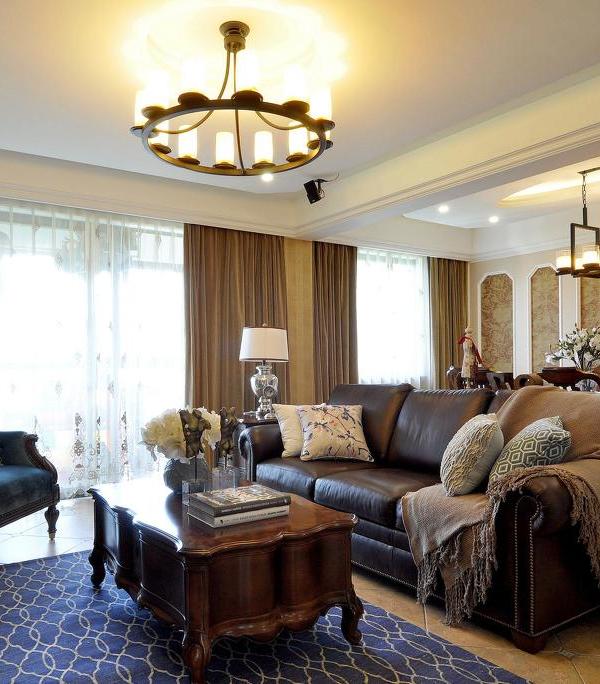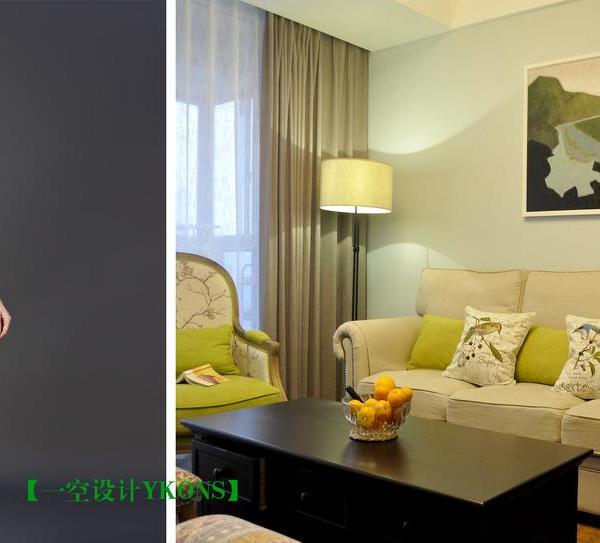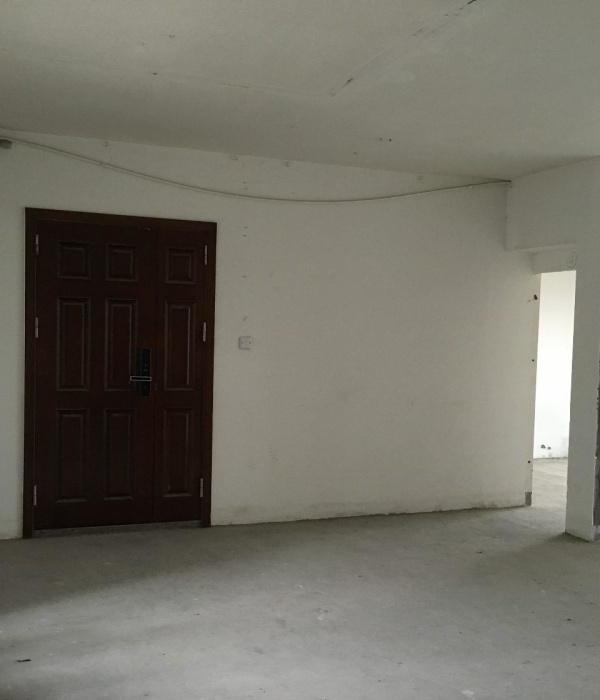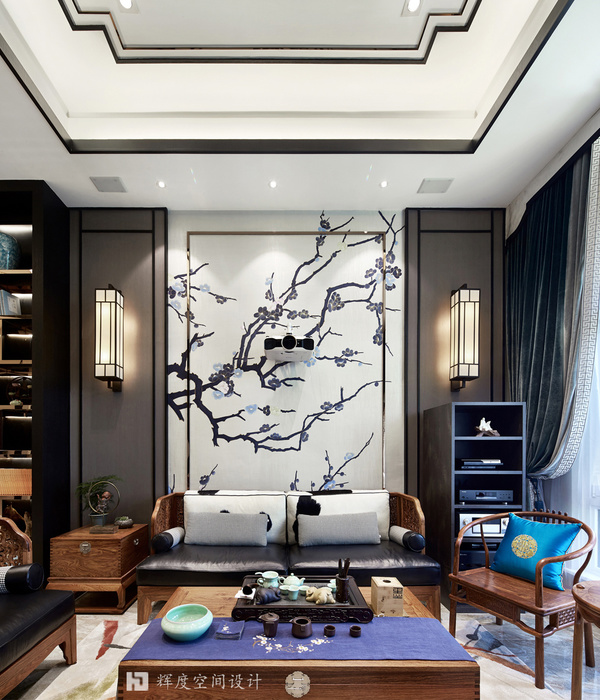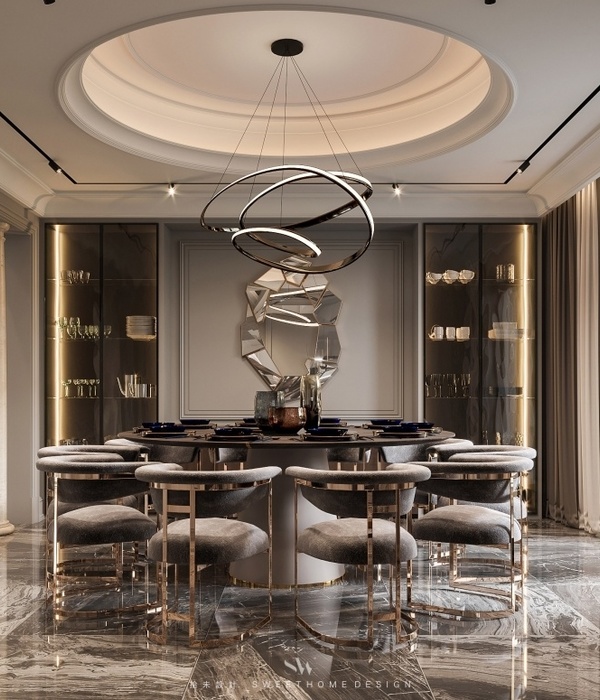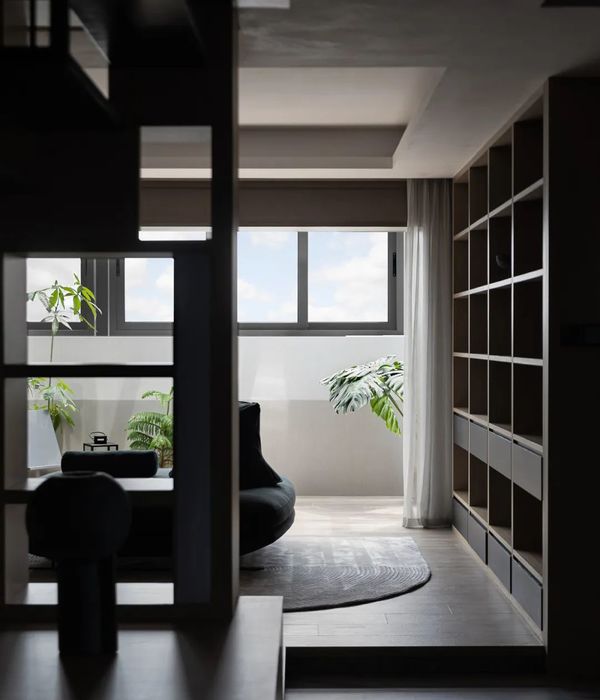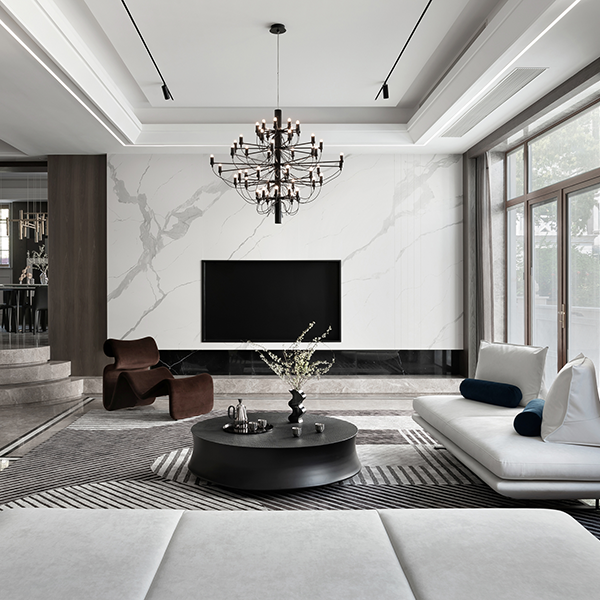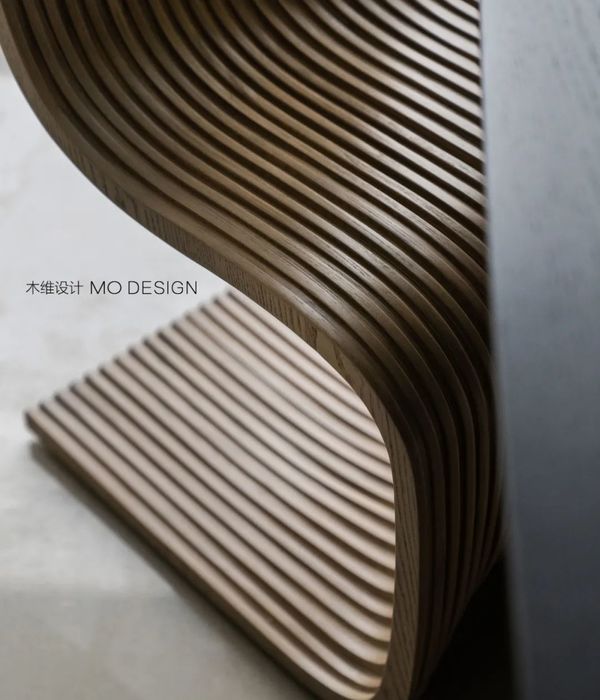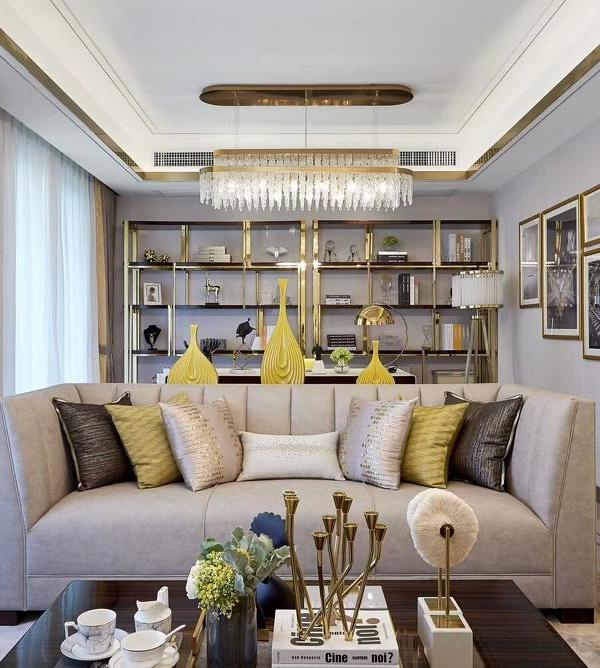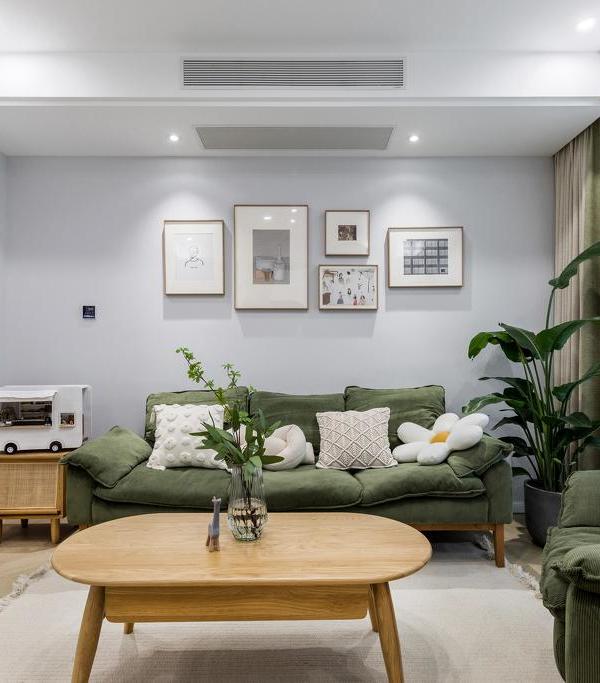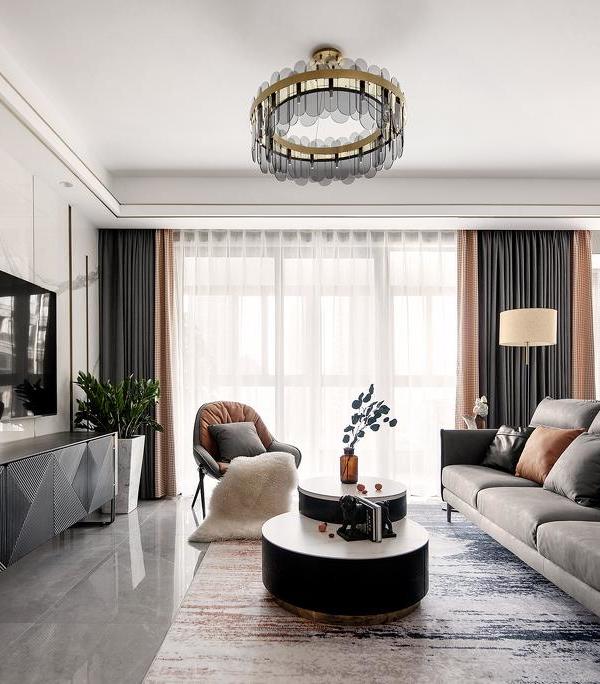这座具有Masseria的风格特征,又有着小体量的别墅建筑并不常见。虽然它体积不大,却有着浓郁的历史之美。在乡下,通常小的lamias,是当地地主用来储存设备的石棚;而非常大的Masserias,富裕的地主曾经住在那里。这座很不寻常,像宝石一般的建筑,在20世纪60年代初被遗弃,它最初是一所女子学校,承载着当地人的美好记忆。现在,Andrew Trotter让它重新焕发了新的活力。
In the countryside you usually find small lamias, which are stone sheds for the local landowners to store equipment; or very large masserias, where the affluent landowners would have once lived. It was quite unusual to come across a building that had the style of a masseria, but the size of a small villa. We found out that the building was originally a school for girls, and had quite a history with the locals. It was abandoned in the early 1960’s, and we lovingly brought it back to life. This one was a gem.
Andrew Trotter尽可能的、在条件允许的情况下保留了其古色古香的外部形态。刮掉那些因历经岁月而开始剥落的油漆,门廊上原始的石头裸露了出来。工匠们重新涂抹了内部立面,而所有的旧石头都被重新修补、更换。房子的尾端增加了两个新的区块,楼下规划了两个套间,而楼上的空间则被布置为主人的独立套房。
Regarding the renovation process, Andrew Trotter tried as hard as possible to leave the exterior patina where we could. Together with Ian and Maree, they spent days scraping off years of flaky paint, to reveal the beautiful stone of the portico. The inside needed to be fully plastered, so the studio brought in an artisan who makes his own lime plaster and lime paints. Andrew Trotter also added two new blocks to the back of the house which became two en-suites for the two downstairs bedrooms, while the two rooms on the upper floor were made into the master suite with its own bathroom. The living room has beautiful star vaulted ceilings and a large fireplace.
Architect:Studio Andrew Trotter
Photos:Salva LóPez
{{item.text_origin}}

